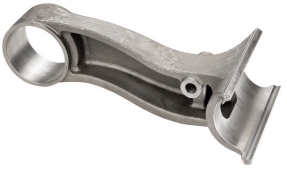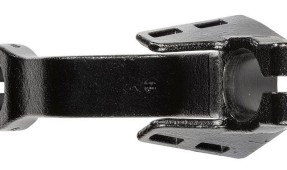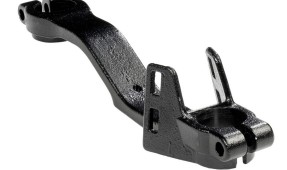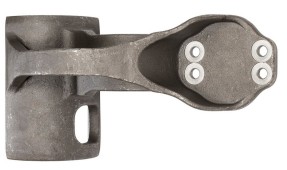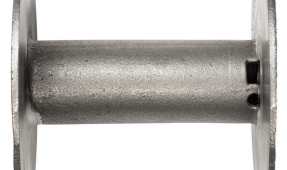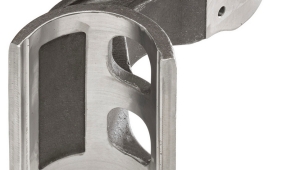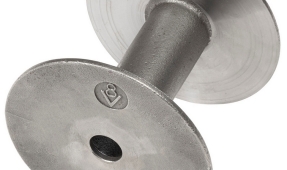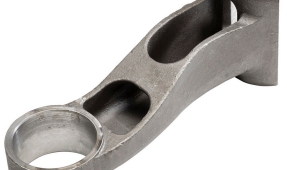LOST-WAX CASTING
MANUFACTURING OF MECHANICAL PARTS IN STEEL AND COMPLEX GEOMETRY ALLOYS BY MEANS OF LOST-WAX CASTING.
It’s a fusion process for the production of parts with complex shapes, recesses, cavities, and undercuts that cannot be manufactured by means of other technological processes such as cold moulding, hot forging, forging or other forming techniques, except that by welding the several parts together. This makes low-wax casting an efficient and flexible process suitable for many industrial applications.
TECHNICAL AND ECONOMIC ADVANTAGES
- The first advantage offered by the lost-wax casting technique is to create complex geometries from a single monolithic micro-cast allowing the elimination of some subsequent processes (for example welding). This process makes the surface of the parts much more homogeneous than other industrial production methods and the roughness is low (no sandblasting or micro-blasting needed). The edges are more precise, rounded and homogeneous even compared to other casting techniques. More “modern and complex” as well as more aesthetically “captivating and tapering” shapes can be given in the design phase, thus favouring the product design.
- The second advantage offered by the lost-wax casting process is the fact that the achievable melting tolerances are rather narrow and repeatable, so that subsequent mechanical machining can be reduced or eliminated with consequent decrease of production costs.
- Another purely economic advantage is given by the very low costs of the moulds. This allows the production of even small quantities since the cost of the equipment to be amortized is low.
- The types of alloys that can be used are endless: from S235 steel, to C45, alloyed steels with chromium or molybdenum, stainless steels etc.
CONTROL OVER PRODUCTS
The quality management system of VIPA is focused on meeting customer requirements and enhancing their satisfaction through a meticulous control over the product by means of a state-of-the-art lab with 11 machines and qualified personnel.
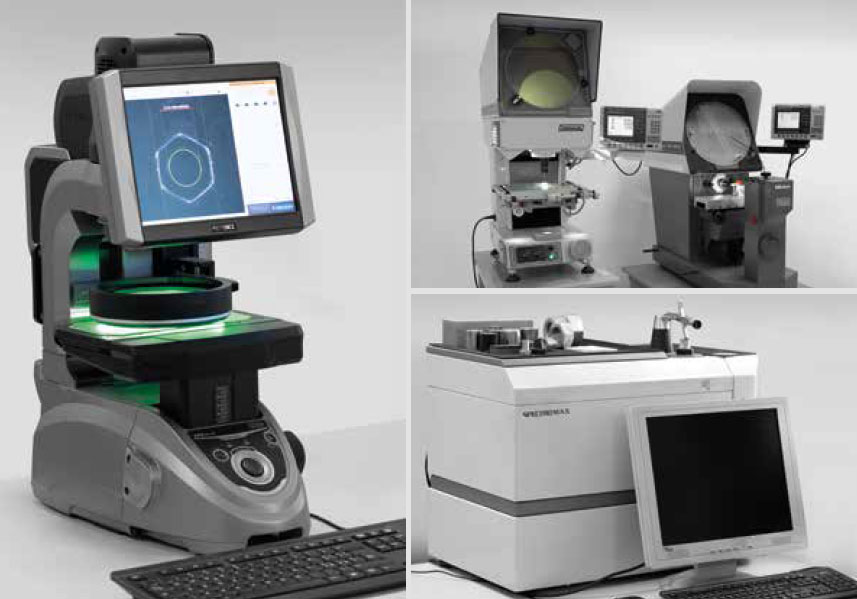
WHAT WE NEED
ANY REQUEST MUST CONTAIN:
- Technical drawing in 2D format (PDF or DWG) or 3D (STP, DXF, IGS, etc…) with a clear specification of the type of material, heat treatment and surface finishing
- Quantity
- Current method of production
TIMING
APPROXIMATE TIME FOR PRODUCTION:
- Samples production will take between 60 to 120 days fromorder.
- Mass production after samples approval will take approximately 120 days from order confirmation.
QUALITY
OUR QUALITY CONTROL
- Technical department with qualified staff
- Equipped laboratory for dimensional control, surface hardness test, chemical analysis of the materials, surface coatings analysis.
